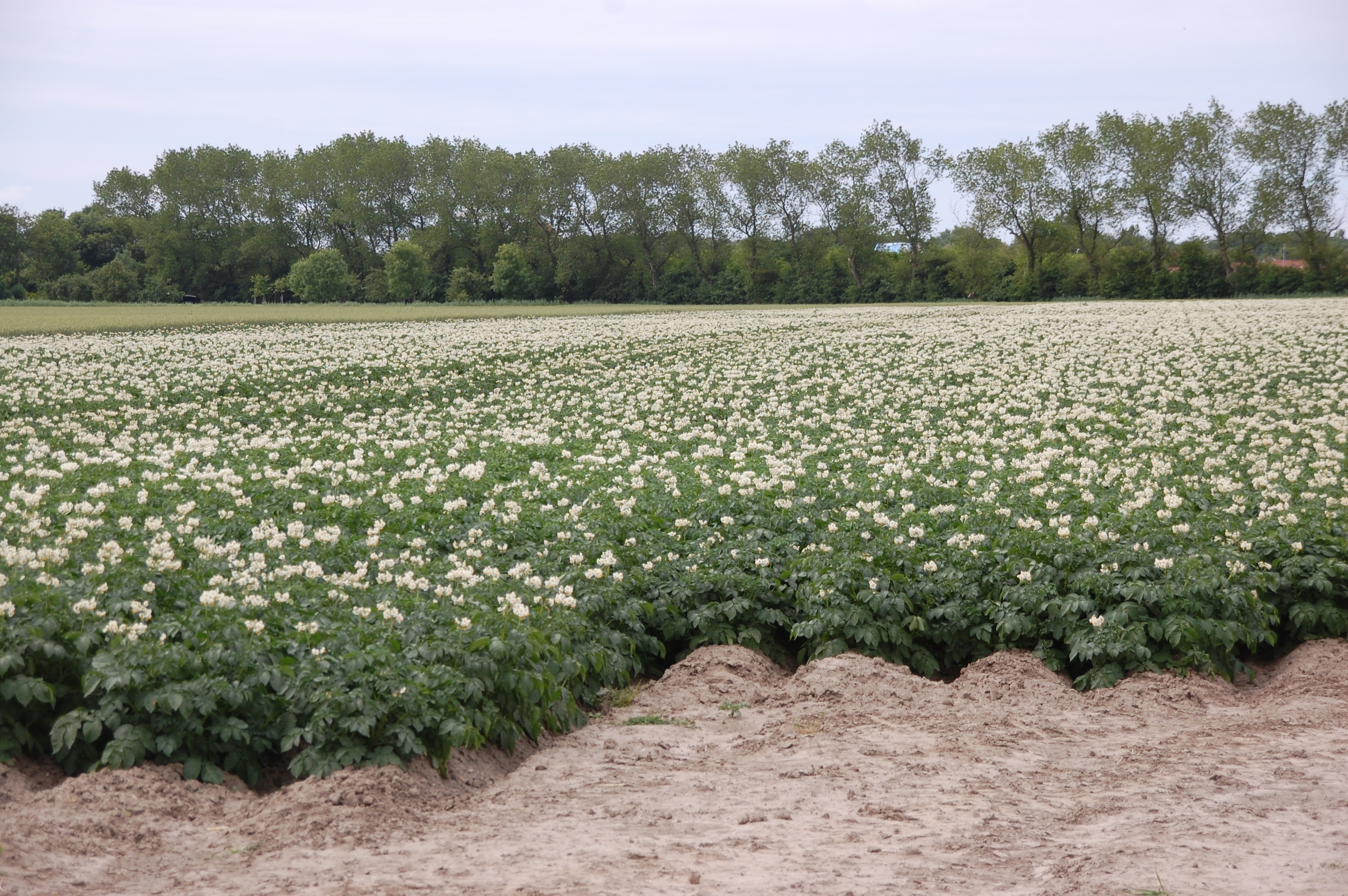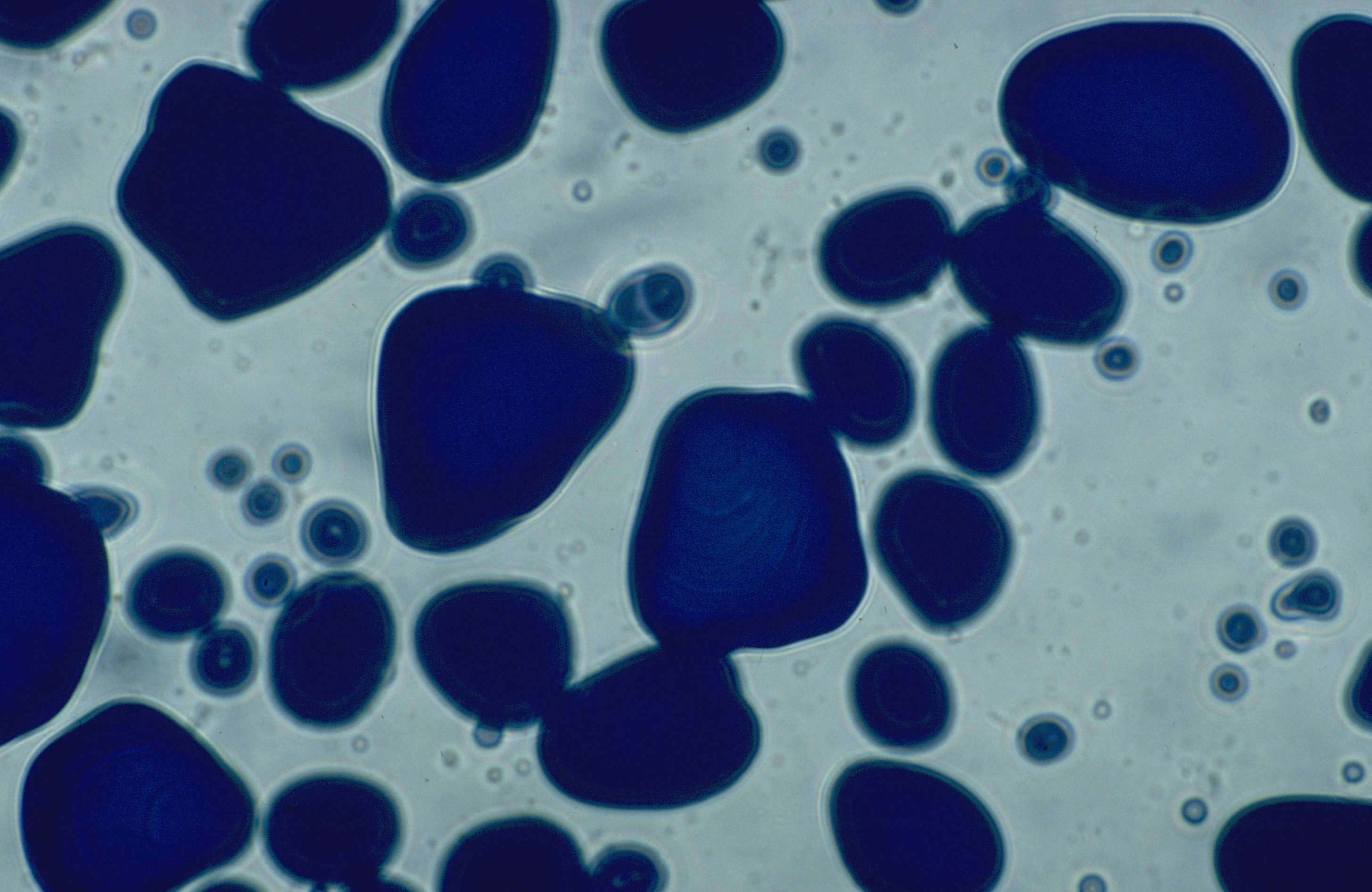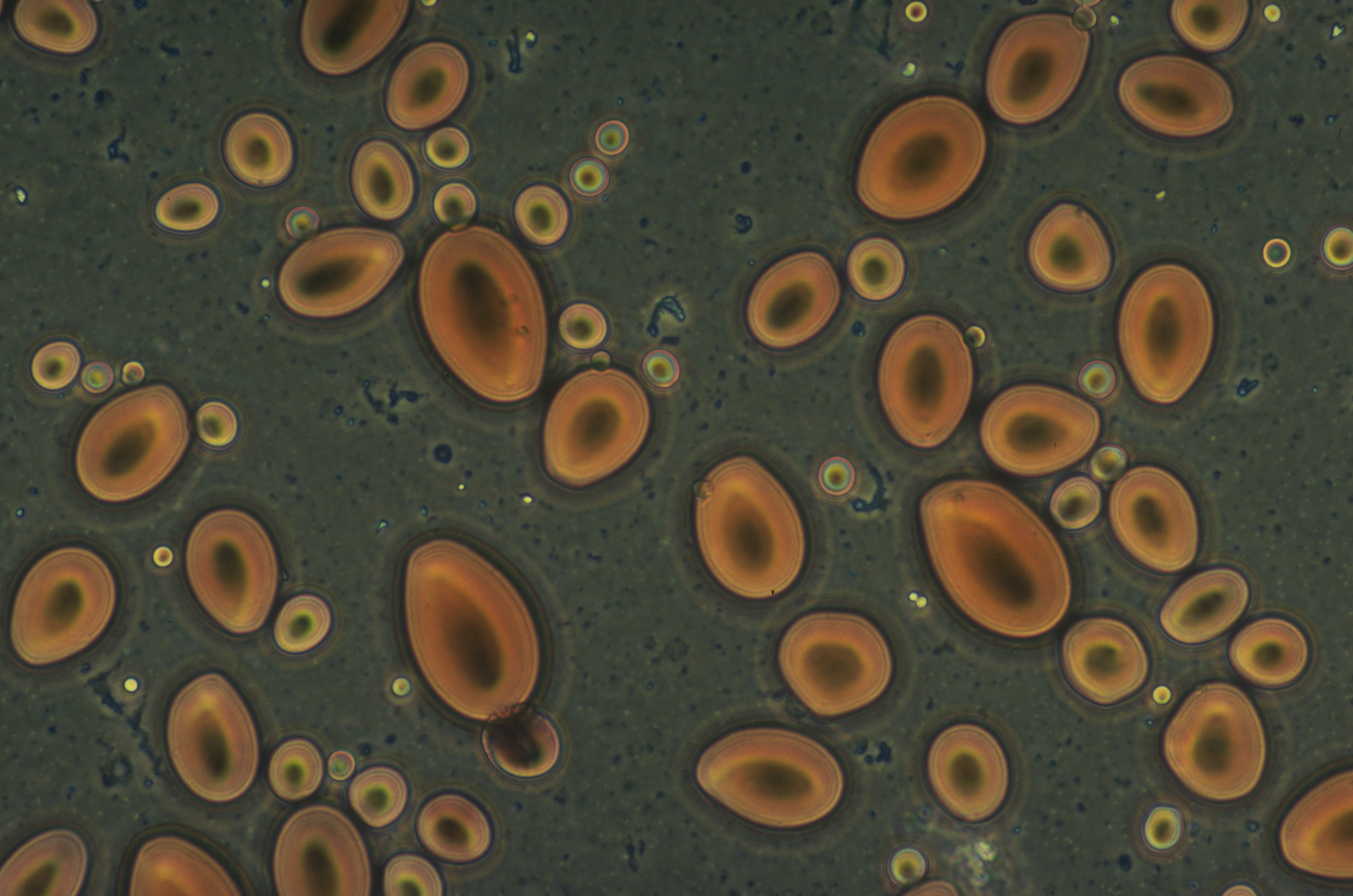


As a renewable raw material, starch plays an important role in a wide variety of industrial applications. The broad spectrum of use in the non-food sector ranges from paper, corrugated board and paints to materials and composites, cosmetics, bioplastics, pharmaceuticals, medical materials and even textiles.
Starch consists of two components: The linear chains of amylose and the branched chains of amylopectin. Both polymers are made up of glucose molecules. The components differ significantly in their physicochemical properties: Amylopectin has a thickening effect, while amylose has a gelling effect. In many technical applications, such as in the paper, yarn and adhesives industries, only amylopectin is required, and amylose is undesirable. Although separation of amylopectin and amylose is feasible, it requires extremely high energy input and is therefore not profitable. The gelling effect of amylose can be reduced by chemical modification before use. This process is also associated with increased consumption of energy and water.
Starch is found in almost all plants. For industrial purposes, 3.7 million tons of wheat, potatoes and corn are grown in Germany as a source of raw materials. Potato starch differs significantly from corn or wheat starch in several aspects. The higher purity of the starch, the higher viscosity and the associated higher binding power of the starch favour potato starch for numerous applications. For this reason, researchers at Fraunhofer IME selected the potato to modify its starch biosynthesis in a way that only amylopectin is formed. From research conducted by several groups worldwide, they knew that a gene had to be switched off to prevent the synthesis of amylose. To achieve this goal, the researchers used TILLING technology. TILLING stands for "Targeting Induced Local Lesions IN Genomes." First, the researchers treated potato seeds with ethyl methanesulfonate, a substance that has long been used in plant breeding. It creates random point mutations in the genome. In a second step the researchers screened for the desired mutations in the leaf tissue of plantlets grown from these seeds.
This is possible due to the tremendous progress in molecular genetic analysis, which allows the genomes of thousands of seedlings to be screened for mutations relatively quickly. After screening of 2,748 seedlings the plantlet carrying the desiered in one allele of the gene were identified. The breeding of these promising candidates was carried out at the cooperation partner BioPlant - Biotechnologisches Forschungslabor GmbH. During this process additional traits such as resistance and yield were optimized by crossbreeding. The Fraunhofer IME researchers analyzed the genomes of each plant generation. Only potatoes with two copys of the defect gene were selected for further breeding to conserve the new allels. One thirty-sixth of their offspring carried the four defect gene copies and thus produced amylopectin only.
Meanwhile, millions of these potatoes are grown in fields in Germany - year after year.
 Fraunhofer Institute for Molecular Biology and Applied Ecology IME
Fraunhofer Institute for Molecular Biology and Applied Ecology IME